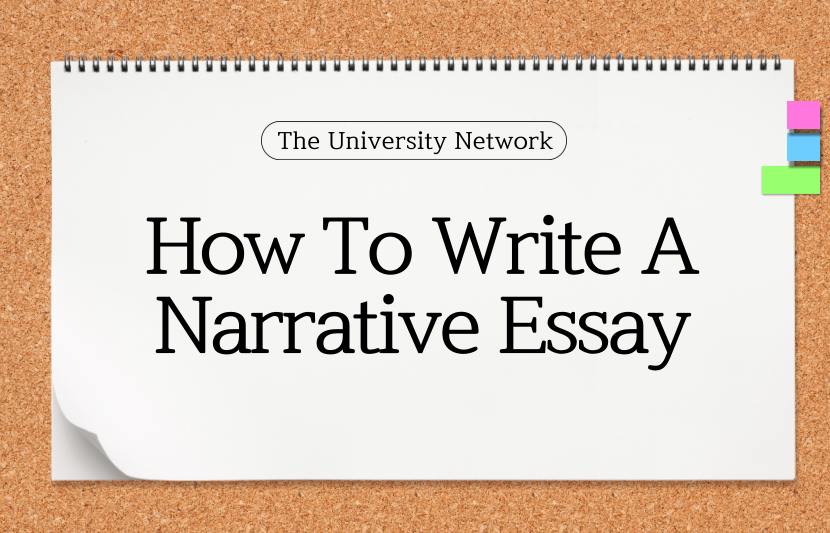When composing a narrative essay, you should avoid using the passive voice. It’s not only too formal but it also tends to drag. If you’re unsure of what to write in this kind of essay, consider reading a book by Disney screenwriter Christopher Vogler. He reveals the secrets behind the storytelling that goes into creating blockbusters. A narrative is a story that depicts a particular event, person, or situation. It should have a conflict, and a conflict must be resolved.
Structure of a narrative essay
The structure of a narrative essay can be as diverse as the subject itself. As long as the essay topic is within the realm of reality, anything is fine. Narrative essays can also contain personal opinions – as long as they are backed up with compelling storytelling techniques. Narrative essays should not limit your creativity, but certain topics may be more difficult to write well. Here are some tips to keep in mind when choosing a topic for a narrative essay.
First, use first-person narration. Narrative essays are written in the first person, so that the reader feels as if they are experiencing the event as the writer. You can also use the third-person perspective, but only if it serves the motif better. You can use the third-person perspective if the reader wants to see what is happening in a different way than the author is. You should also avoid using too many details that are not true.
Setting for a narrative essay
The setting in a narrative essay is a central element of the story, which can give the reader a sense of place. As an example, take “In Cold Blood,” a novel by Truman Capote. The setting is the town of Holcomb, Kansas, where the central character is murdered. The setting also plays an important role in establishing the character, time, and equality of the characters. While choosing a setting, consider the following aspects:
First, you need to set the scene. This is where you introduce your characters and set the stage for the story. Ideally, the setting should be a specific place, a place or a thing that is significant to your story. It should be a place where the protagonist, the antagonist, and the other characters can interact. You can also include a description of the place where the story takes place. Regardless of what type of setting you choose, make sure you use a background for your characters.
Using a past tense in a narrative essay
When writing a narrative essay, you should write in the past tense. The present tense is usually used to describe an ordinary situation. In contrast, a narrative essay narrates a significant past experience. Typically, the tone of the narrative essay will be neutral or positive. However, there are certain exceptions to this rule. You should use the past tense if the action took place before the plot began.
The past tense is more flexible than the present. It makes the reader feel like they are immersed in the story while catching up on the story’s events. However, it may not be as effective as writing about a past event from the perspective of a central character. It can also be distracting for the reader if you shift from one tense to the next.
Avoiding references in a narrative essay
There are certain guidelines that you should follow when writing a narrative essay. First of all, avoid using references. Although it is okay to use non-authored information in a narrative essay, you should quote it in a proper way. If you have an idea for an essay, you can outline it before you start writing it. Then, you should stick to these guidelines. Remember that a narrative essay is a personal account of your experience.
The format of a narrative essay is different from other types of essays. This style uses a particular format and incorporates all the elements of storytelling. Narrative essays are a unique form of writing and are not intended to be a copy of another essay. However, rearranging events can create a different narrative than the original one. The point is to give the reader an insight into the subject. It is also important to provide the readers with a sense of context and how it influenced you.

